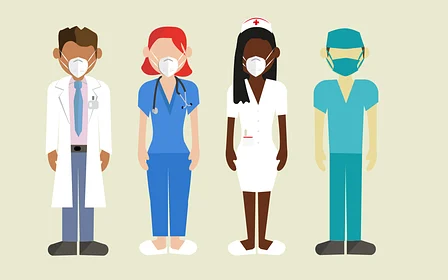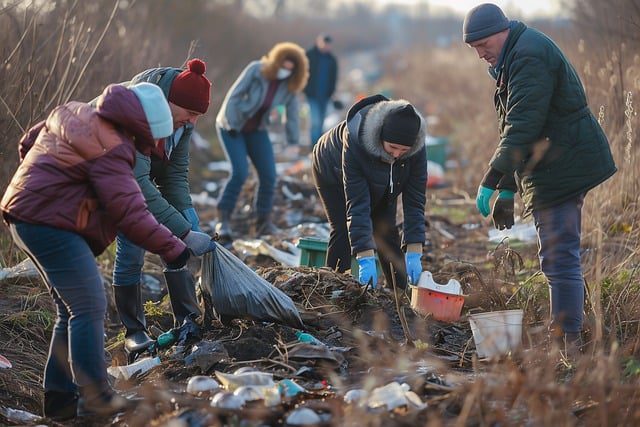As the sun’s warmth heightens, many look to the water for relief, especially here on our beautiful island. Whether heading toward your backyard haven, the Long Island Sound or the Atlantic, it is important to practice safety.
Drowning can affect anyone, but certain groups are particularly vulnerable. Children ages 1-4 are at the highest risk, often due to accidental falls into home swimming pools. Teenagers and young adults are also at significant risk, especially in open water environments.
Prevention
Supervision is the cornerstone of drowning prevention. Children should never be left unattended near water, even for a moment. Designating a responsible adult as a watcher can prevent tragedies. This person should avoid distractions and keep a constant eye on swimmers.
For those swimming in the open water, understanding the environment is crucial as rip currents are a particular hazard in the ocean. Swimmers should be educated on how to recognize rip currents and how to escape them by swimming parallel to the shore until they are out of the current’s pull.
One of the most effective ways to prevent drowning is through swimming lessons. These lessons not only teach the skills needed to swim but also instill confidence and respect for the water. It’s never too late to learn. Adults who are not strong swimmers should consider taking lessons alongside their children.
Life jackets are also an essential part in ensuring water safety — especially for young children and inexperienced swimmers. They should be U.S. Coast Guard-approved and properly fitted. In boats, around open water, or even in larger pools, life jackets can be lifesavers.
Residential pool owners should ensure they have the necessary safety equipment, such as life rings and reaching poles, readily available. Home pools must have appropriate barriers to prevent unsupervised access. Pool covers can provide an additional layer of protection when the pool is not in use.
In the event of an emergency, knowing how to perform CPR can be the difference between life and death. Many organizations, including the Red Cross, offer CPR-certification courses. These skills are invaluable and can buy crucial time until emergency responders arrive.
As summer nears, local authorities and organizations are ramping up efforts to promote water safety. Free swim lessons, water safety workshops and public awareness campaigns are being implemented across the island.
The NY SWIMS program promotes initiatives to aid safe swimming by addressing the statewide lifeguard shortage, increasing swimming instruction, and increasing amenities at pools and beaches.
The Red Cross offers “Whale Tales for Children,” a no-cost program that is designed to help children from all backgrounds in kindergarten through fifth grade learn water safety behaviors without having to be in or near the water.
YMCA Long Island offers extensive swim lesson scholarships teaching critical water safety skills.
For more information on swimming safe, please visit the NYS Parks, Recreation and Historic Preservation website at parks/ny.gov/recreation/swimming.














